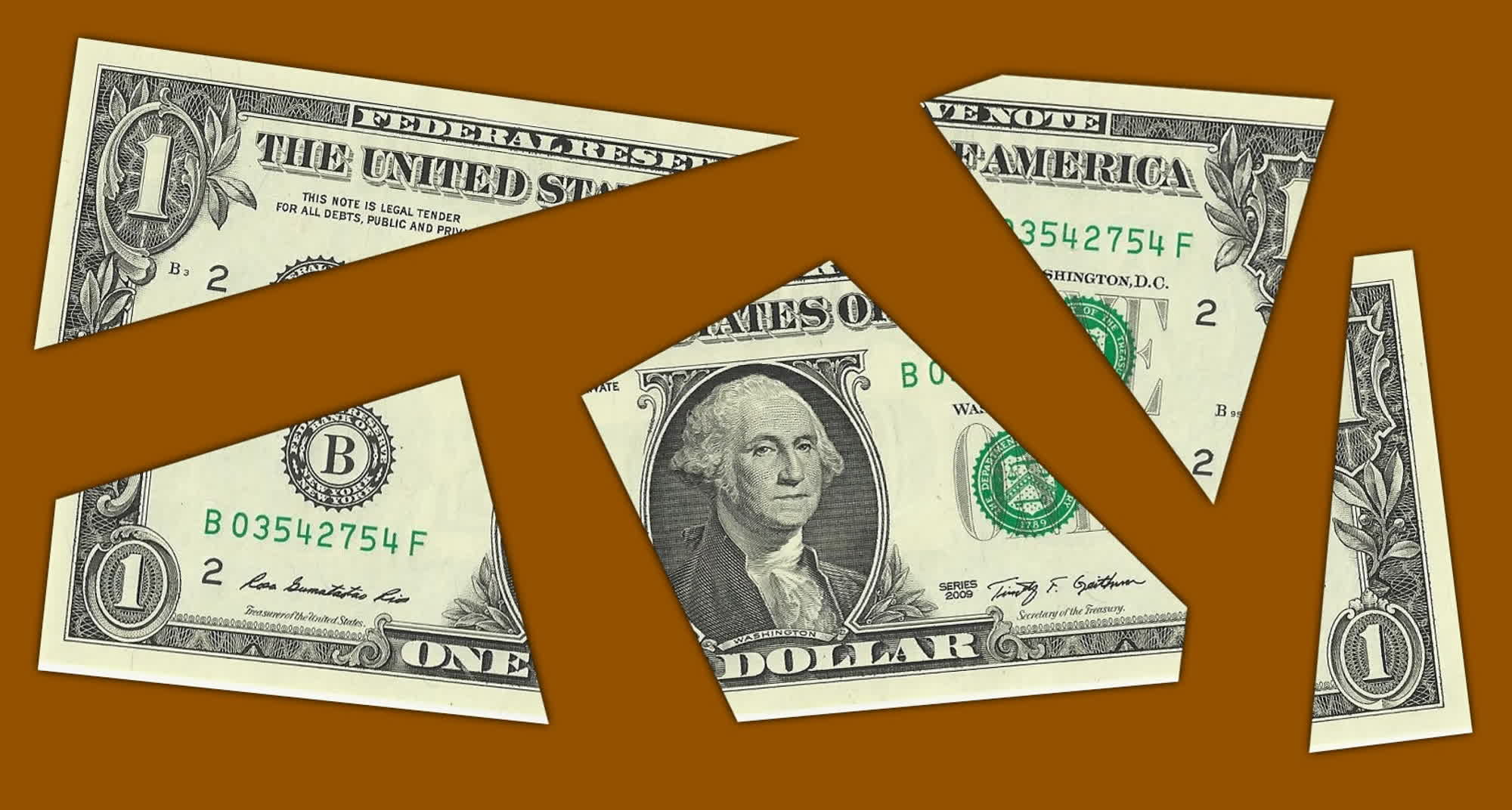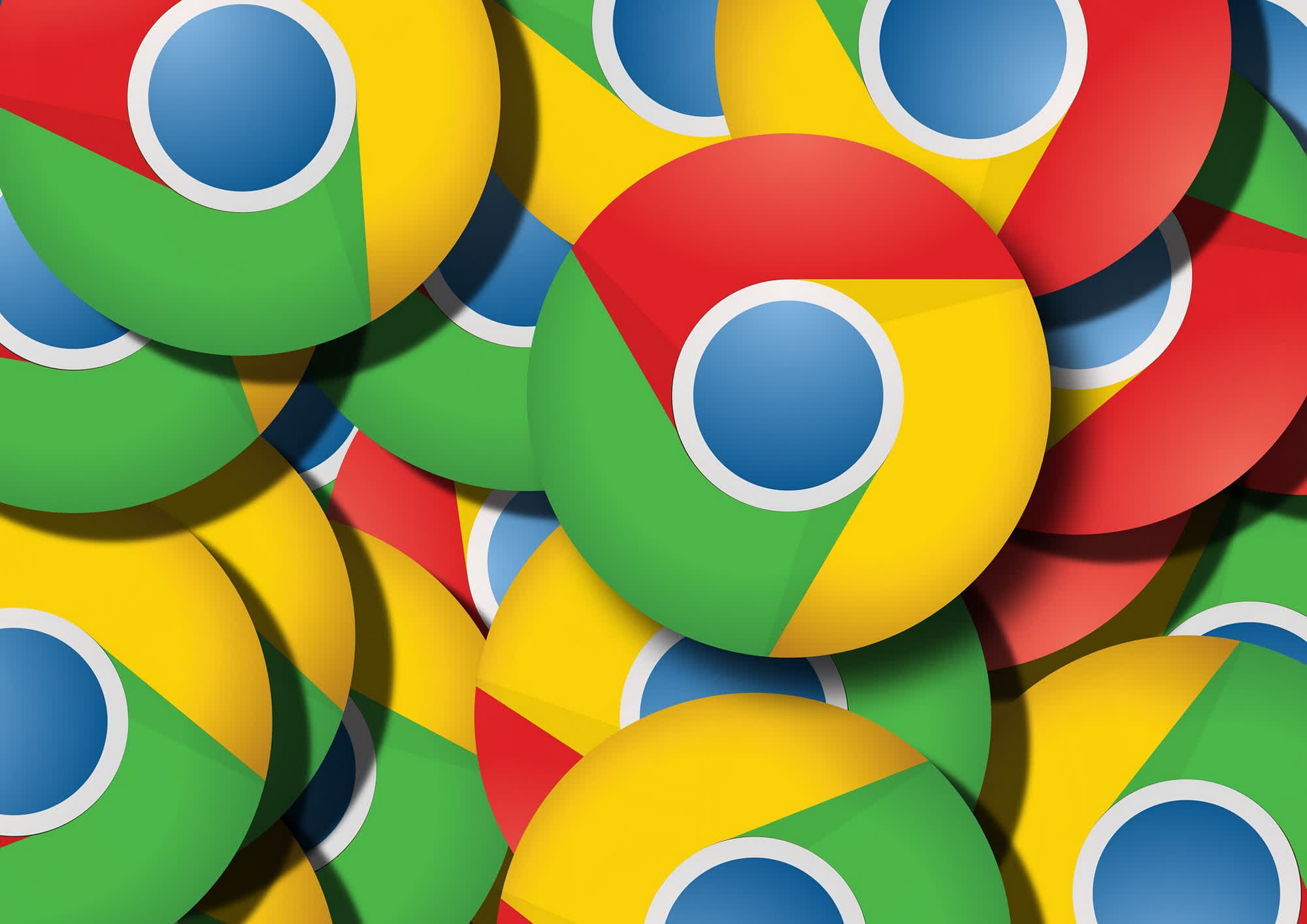TL;DR: Online micropayment systems, involving very small sums of money, have been proposed since the 1990s, but they have been unsuccessful so far. Chromium engineers are attempting to resurrect the concept through a new standardized API, though there is still a lot of work to be done.

Software engineer Alexander Surkov recently proposed a new addition to the Chromium source code, the layout engine on which many modern browsers are based. The programmer aims to implement the Web Monetization specifications, providing Chrome and many other free browsers with an easy means to send and receive automatic payments on the web.
Web Monetization is a technology that enables website owners to receive micropayments from users as they "interact with their content," as explained in Surkov's proposal. Content creators and websites could thus be compensated for their work without relying on advertising, subscriptions, or other traditional means, the programmer suggests.
The Web Monetization API includes two unique features, Surkov states, offering both "small payments" and "no user interaction." The micropayment technology is implemented by extending the HTML "link" element with the introduction of a new "rel=monetization" attribute. Web publishers can add the new attribute to their site's code, while users can set up a digital wallet (Gatehub, Fynbos, or others) to send payments from.

Surkov says that web monetization could help promote voluntary user contributions, such as "tips." Among the biggest players in the browser market, Apple and Google have already shown their support for the technology, while Mozilla remains hesitant. Web Monetization is still in its prototype stage, is not part of the W3C body of standards, and won't become a standardized web technology anytime soon.
And yet, the new web monetization tech has already undergone a "significant journey" of prototyping and experimentation, as explained by Surkov in a shared document from August 2023. The right approaches for HTML integration, user interaction, and communication protocols have already been identified; now, the technology needs to be polished before final integration into browsers.
Micropayments became a thing when the internet and the web opened their doors to consumers in the 1990s. After initial enthusiasm about the technology, skepticism started to mount regarding the actual usefulness or feasibility of sub-dollar transactions. In 2003, Andrew Odlyzko wrote that micropayments are a "technology of the future" and always will be.
https://www.techspot.com/news/101884-developers-working-micropayments-api-chromium-browsers.html